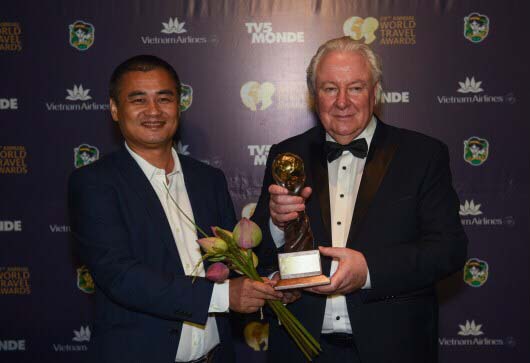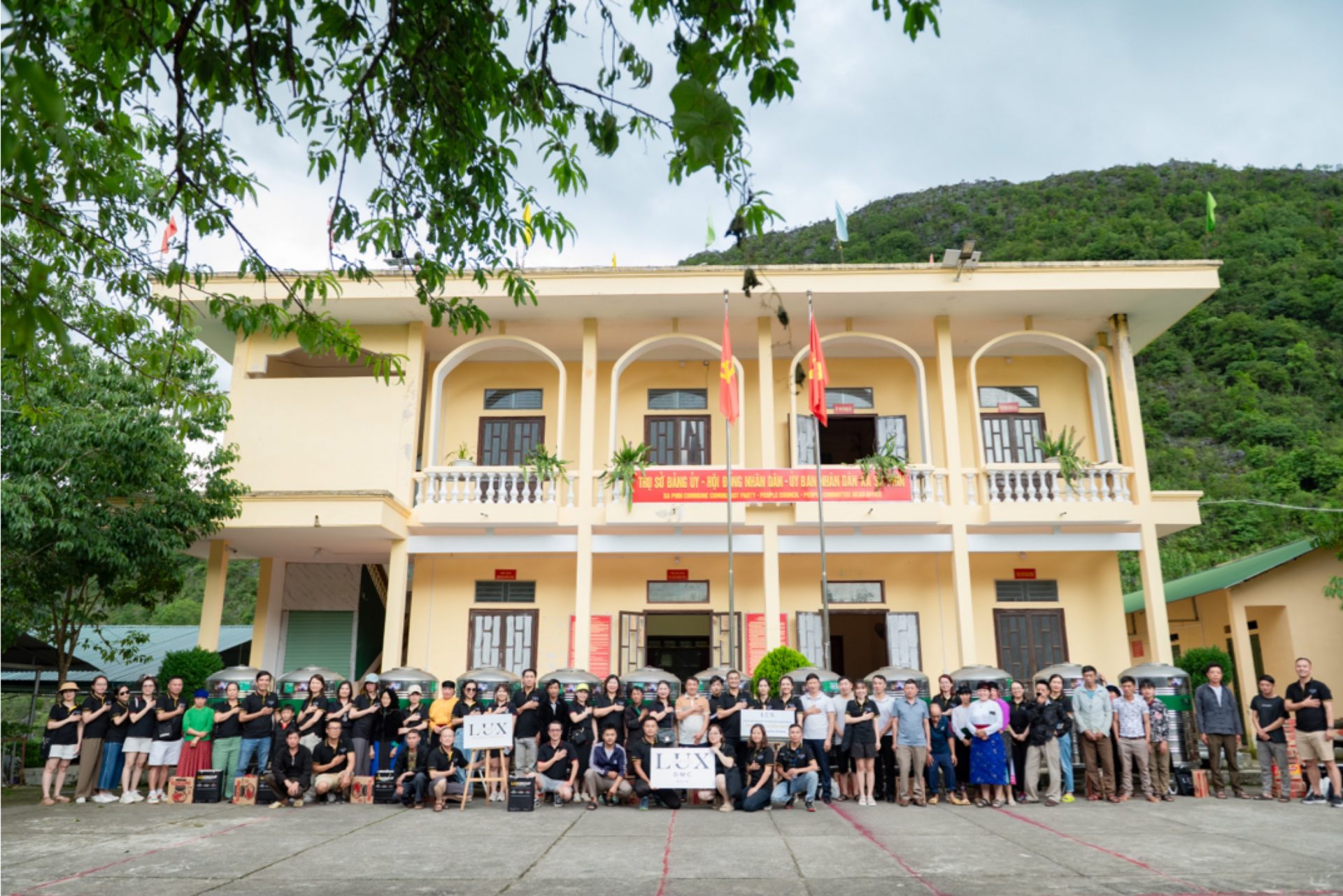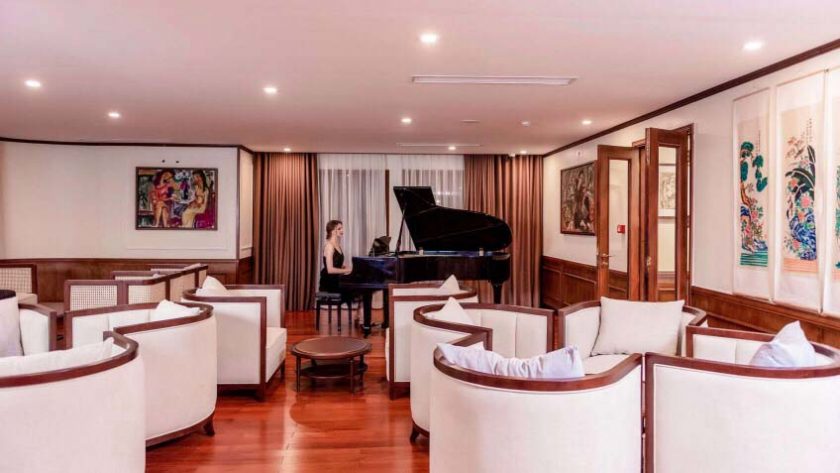
Hang Trong folk paintings
The quintessential folk paintings of the Red River Delta, Vietnam
The Red River Delta has 3 famous folk paintings: Dong Ho (Bac Ninh), Hang Trong (Hanoi) and Kim Hoang (Ha Tay). The first Hang Trong paintings appeared in the 17th century in the heart of the capital, from Hang Trong to Hang Non, Hang Hom and Hang Quat Streets, which were familiar areas for arts and crafts. Hang Trong folk paintings are religious and Vietnamese hang these pictures in Hanoi Capital during Lunar New Year. In the early 20th century, these paintings covered more topics such as social practices and the illustrations of popular stories. All reflect the the northern culture, beliefs and the chic and sophisticated hobbies of Hanoians.
Thanks to its open-mindedness, which met both religious and entertainment needs, Hang Trong folk paintings became much sought after. Hang Trong folk painting is a unique style of representing the aesthetic, spiritual, and religious values of the people of ancient Hanoi. The style, however, is in danger of being lost and is primarily preserved by museums or art collectors.
The origin of Hang Trong paintings is believed to stem from religious paintings, with typical features including slight lines, meticulous and sophisticated details and bright and animated colors, according to Professor Vu Khieu. The paintings also narrate the stories of the beliefs and hopes of Vietnamese, more prominently reflected in worshipping paintings, one of its two famous types that shows the influence of Buddhism and Confucianism on daily life and culture.
Religious paintings are displayed not only at places of worship such as temples and pagodas but also in the family home. Worship paintings are diverse but feature familiar figures such as Buddha, Bodhisattva and the Fortune God, as well as deities of power and luck, such as the tiger and the carp. All show the respect of the people for the mysterious and sacred deities, in the hope of receiving protection from evil and bringing them good fortune.
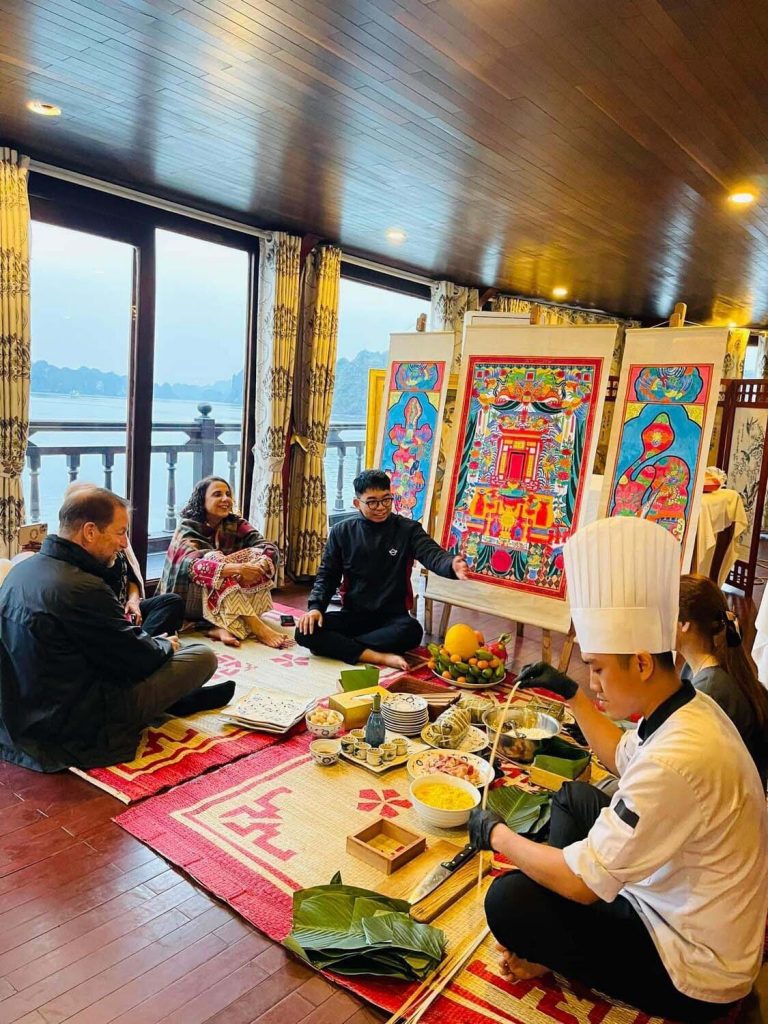
Hang Trong paintings also depict daily life, showing traditional habits and customs expressing joy, prosperity and happiness, such as colorful flowers in spring, countryside markets, classic paintings of Tung, Cuc, Truc, Mai (the four prosperity trees and flowers: pine, daisy, bamboo and apricot blossoms), To nu (Four Young Ladies), folk stories and games like Thay do Coc (the toad scholar), Bit mat bat de (Blindman’s bluff) and Rong ran len may (Dragon-Snake).
The artworks belong to another familiar type of Hang Trong art, known as Tet paintings. After a year, people change their old paintings with new ones to welcome in the New Year with hopes of joy and fortune.
Hang Trong folk paintings are named after a street in downtown Hanoi, where the artworks are sold during the Tet or Lunar New Year Festival. Pictures like the four seasons and the three men symbolize happiness, luck, and longevity which are hung in the house as a wish of good luck and abundance.
Worship pictures like the three-door temple gate, four-door temple gate, and ascending to the heaven are hung in pagodas and temples. Hang Trong paintings are indispensable on the altars of families in the worship of ancestors.
Le Thi Mai, a resident of Hang Non Street, Hanoi, said “My mother loves paintings and she hangs pictures of carps and peacocks on the altar of our house. The peacock represents women and family happiness while the carp represents men and a successful career. Carps who are able to pass through a magical gate with dangerous waterfalls will turn into powerful dragons.”
Artisan Le Dinh Nghien is probably the last artisan of Hang Trong folk paintings now living in Cua Dong Street, Hanoi. He said “Generations of my family have been engaged in painting. My older relatives said that in Hang Trong Street and adjacent areas, there were many households who worked on this style of paintings. After the wars, many abandoned this work but my family has still maintained it up to now.”
There are now only 30 woodblocks of Hang Trong paintings, the largest is 120cm by 80cm and the smallest is 45cm by 30cm. The printing process is followed by the strengthening of the back of the picture with 2 or 3 layers of paper pasted onto it. After the paper is dried, it needs coloring. It usually takes 3 or 4 days to finish a painting.
Artisan Le Dinh Nghien said “For the art of oriental painting, the process of strengthening the paper is very important. It decides the quality of a picture. The traditional Do paper is very thin, so we need to add 2 or 3 layers to make it easier to color. After a dozen years, a painting can get damaged, and I can help to restore it to the original look.”
A beautiful picture reflects the skillful hands of artisans. Nguyen Hiep, a connoisseur of folk paintings, said “Hang Trong paintings represent the essence of Hanoi city dwellers. Their techniques are sophisticated and not everybody can do it. The technique of draining colors is so difficult that even some professional painters fail. It looks simple but takes a dozen of years to master the technique. That’s why I like Hang Trong paintings so much.”
Hang Trong paintings are half-printed and half-drawn. After ink from the woodblocks is applied, the patterns are re-drawn and colored with feather brushes, crating a unique picture.
Deeply Understanding Four Seasons Paintings:
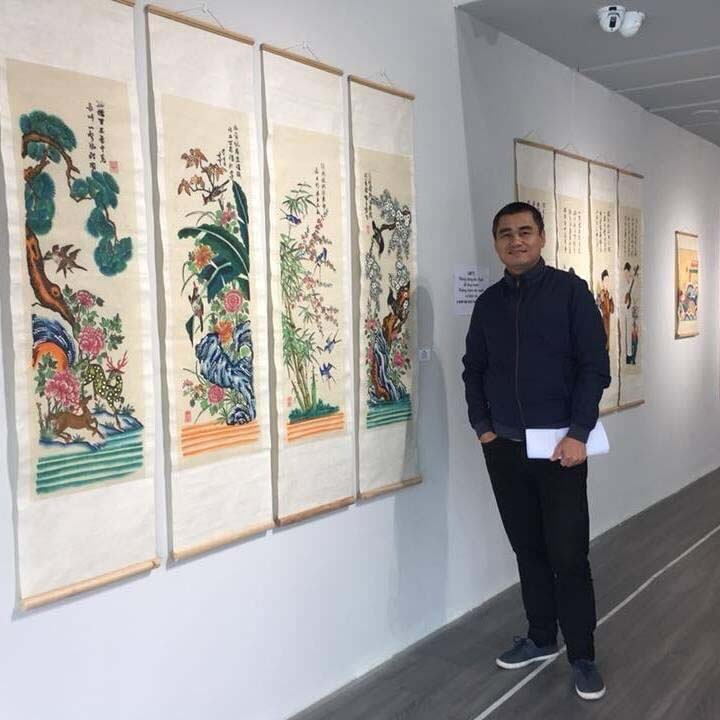
Eternal Beauty of Four Seasons
Tu Binh in Vietnamese, (the Four Seasons Folk Paintings) Tung – Truc – Cuc – Mai or the four trees and flowers: pine, daisy, bamboo and apricot blossoms or Mai-Sen-Cuc-Tung, literally Appricot blossoms, Lotus, Daisy and Pine, equivalent to four s
asons, is the set of four paintings together. It is very popular in the Vietnamese Lunar New Year, especially in the North Vietnam.
The paintings are not only for Tet theme, with its deep and vast contents, Tu Binh praises for the beauty of four magical seasons but also expresses the undominated spirits, vitality and quality of the good people. The poems written on the paintings express a peaceful and self-satisfied state of mind of living in the harmonious nature, heaven and earth.
Strolling through the grassland in the spring
Contemplating the lotus in its green pond during the summer
Enjoying the wine under the yellow daisy of the autumn
Reciting poetry under the white snow of winter.
In any moment, people can let go of the mundane mind, enjoy some pastimes, self-indulgent, calmly enjoying tea, contemplating paintings, reciting poetry and mediating on the worldly life. It won’t be too far from the realm of fairy if one can put oneself in such a state of mind, which has been one of the great wishful joy of the Vietnamese people from the past.
If “tu binh” expresses the form, then “tu quy” (The Four Precious Things) mainly conveys the contents, which are the different sets of four elements that people would like to group together to make a theme such as: four types of flowers, four seasons, four types of birds etc. The four precious things (tu quy) represents the symbol of the four seasons originated from the monsoon tropical region in Asia like Vietnam and part of China mainland. Later on, upon becoming an art symbol, these four precious things have penetrated into many neighboring cultures.
Up to now, the four precious things have become one of the most popular symbols of traditional culture in Northeast Asia such as Japan, Korea, China and Vietnam. In addition, the symbol has also been preserved by overseas Chinese and Vietnamese communities. Tu Quy is considered as an important symbol in traditional culture.
A very important factor contributing to the decorative symbol of the four precious things is the idea of the quartet of the Oriental culture that has developed for thousands of years. This mindset is mostly used by the Han (Chinese) people and for the longest period among all. First to mention is the iconic tetra in the Hetu (Yellow River Map) of the Chinese, with the concept of heaven and earth Yin and Yang) giving birth to four statues, four statues giving birth to the hexagon. The second is the quintessence of the Four Books, the five major sutras – important Chinese Confucius scriptures and one of the most important manifestations of Chinese civilization. Through Taoism and Buddhism, the Chinese formulated the Four Great Mountains – the place of cultivation of the gods, including: Wutai, Putuo, Emei and Jiuquan. In addition, there are four great beauties, four Bodhisattvas and divine deities of power and luck.
In the belief of the Oriental culture, the quartet is a manifestation of fullness, firmness, eternity, happiness as four directions, four spaces, four pillars, four virtues respectively. Even in Vietnam, the quartet is visualized as the symbol of the four immortals: Son Tinh, Chu Dong Tu, Mau Lieu Hanh and Thanh Giong, or the citadel Thang Long which has four royal gates, opening in four directions: xứ Đông, xứ Nam, xứ Đoài và xứ Bắc or East, South, West and North.
In the card set, four cards of the same type are also called four precious things or quadrants. Those who meet the four precious things when playing cards often grasp the winning and the four precious things are considered as a manifestation of luck. Thus, derived from the symbols of the four seasons, the four precious things in folk concept are no longer a symbol of the weather or climate, it has become a symbol of many other good omens. In particular, when it has become a symbol of luck, the four precious things become a desire of all people regardless of their social class.
It is often seen that people use the symbol of the four precious things not only to decorate the house or to see the “four seasons calendar” but also to wish good luck and wealth for the family. This is a special characteristic in Vietnamese culture in particular and Oriental culture in general. In the West, when praying, people tend to look up to a specific spiritual God with specific wishes. However, in the East, especially in Vietnam, people tend to find themselves the elements of luck with many different manifestations such as direction (feng shui), color, and numbers.
With such an abstract thinking, it is not strange to take the symbol of the four precious things to create good luck. However, the expression of this symbol is very different. Depending on the concept, the way of life of people at different time, region, the four precious things are expressed in different ways to fit into the historical and cultural factors.
What is more wonderful than contemplating four vase paintings while enjoying the tea on the natural beauty of Bai Tu Long Bay, Vietnam! Spring, Summer, Autumn, and Winter all have its own beauty and space and time seem to halt drifting.
